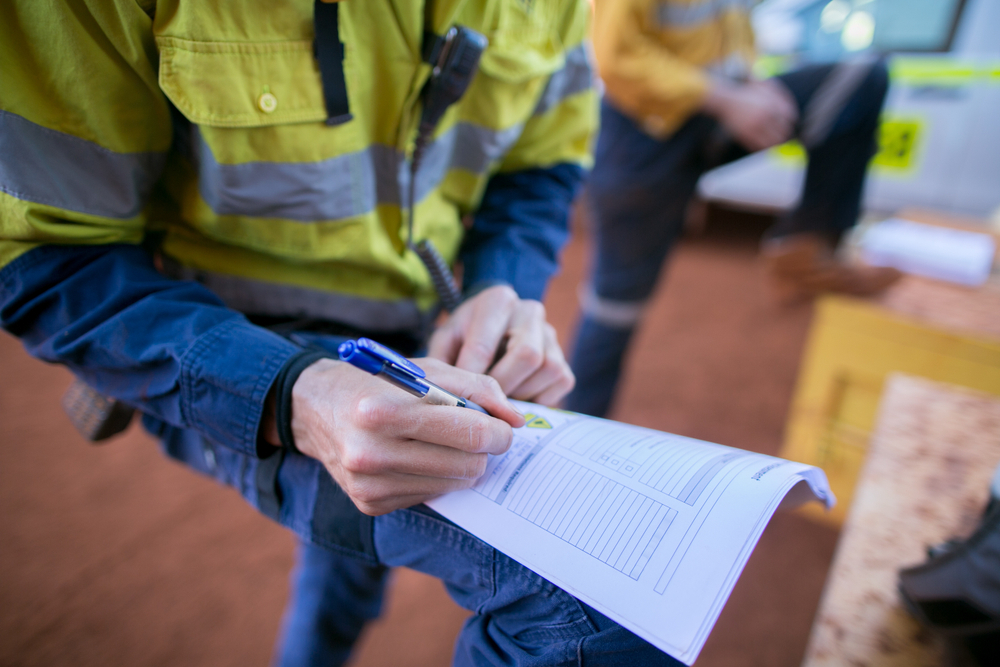Environmental Site Assessment is the procedure of determining the ecological risk associated with a property. To evaluate if a property is affected by a “recognized environmental condition,” a thorough investigation of the land’s history and current use is required; a process known as environmental site assessment or “ESA” (REC). To complete an ESA, it is necessary to conduct a thorough site inspection, study available information from government agencies, and review property histories.
As a result of compiling and analyzing this data, the Phase I Environmental Site Assessment Report provides an expert opinion on whether or not hazardous substances or petroleum products have been released onto the property in the past or are currently being released. The Environmental Site Assessment (ESA) is the principal method for establishing a user’s eligibility for the CERCLA Landowner Liability Protections.
Here are the top facts regarding environmental site assessments:
Phase I and II Environmental Site Assessments (ESAs) are crucial for commercial or industrial real estate buyers as part of their due diligence process. Without a Phase I ESA, a new property owner may be on the hook for all costs associated with cleaning up a previously contaminated site.
Guide to Environmental Site Evaluations:
This brief blog post should be beneficial for first-time commercial real estate buyers since it highlights five fundamental facts concerning Phase I and II ESAs.
- The ASTM E1527-13 standard, accepted by the EPA at the end of 2013, serves as the minimum requirement for a Phase I ESA. Suppose a prospective real estate buyer is concerned about their exposure to CERCLA liability for environmental pollution. In that case, they should verify that any Phase I Environmental Site Assessment (ESA) complies with that requirement.
- Essentially, a Phase I ESA is made up of the following:
- A look at the property’s paperwork, which usually entails
- Auditing the title chain
- Analyzing the local topography
- Analyzing any previously collected aerial photographs
- Examination of the Agency’s Files
- A visual assessment of the premises
- Conducting interviews with everyone who might know something about the location
- Having finished an in-depth ESA report
- When conducting a Phase I ESA, no physical samples are taken.
- When contaminants are found during Phase I ESAs, a physical subsurface investigation known as Phase II ESAs is conducted. Contaminants other than those found by subsurface inspection may be the primary target of some probes.
- Based on the results of the Phase I assessment, the next step in environmental site assessment is to collect samples for laboratory examination. These samples may include soil, soil vapour, groundwater, waste materials, or indoor air.
Implementing Findings from Evaluations:
Buyers of commercial properties that commission Phase I and II Environmental Site Assessments (ESAs) can either require the current owner to clean up the site or lower their offer price to reflect the estimated costs of doing so (assuming evidence of contamination is revealed).
Don’t buy a commercial building without first finding out if there will be any responsibility for cleaning up any lingering toxins or other dangerous materials. ATC may undertake an environmental site evaluation to help you identify potential environmental concerns ahead of time.
Facts you need to know:
- What is meant by a “phase I environmental site assessment”?
- When buying a property, you should first do a Phase I Environmental Site Assessment.
- It is done just before the deal is finalized on a piece of property.
- The report will describe the property’s current and past usage and any RECs that may be present.
- If RECs are recognized, then your environmental professional will also include the next steps in the process.
- Is there a checklist for a phase I environmental site assessment?
A Phase I ESA has the following four parts:
- Study of Historical Documents
- Site reconnaissance
- Interviews
- Report
- What is the process of a phase I environmental site assessment?
It’s important to note that there are still just five steps to completing a Phase I ESA report, although each may be slightly different. It’s important to remember that Phase I ESA reports can have many supplementary materials depending on the circumstances and the information at hand.
- What is the purpose of phase I environmental site evaluation, and when should one be performed?
If you purchase a property that is later determined to be contaminated, Phase 1 can shield you from legal responsibility under the “innocent landowner” amendment to CERCLA.
- What do you find out in phase I of an environmental site evaluation?
- The Phase I ESA’s primary goal is to determine if any RECs are present on the property.
- A REC exists if there is actual or potential exposure to a hazardous material or petroleum products on, in, or at a property.
- If RECs aren’t dealt with, they could endanger people’s health and the environment.
- Since air, soil, groundwater, and building material sampling are not typically performed during a Phase I ESA, RECs are determined through the review of records, examination of historical sources, interviews with individuals knowledgeable about the property, and a complete site walk with a qualified consultant.
- In your experience, how long does a phase I environmental site assessment typically last?
A Phase I Environmental Site Assessment (ESA) is meant to provide a neutral third-assessment party of the property’s environmental state at a particular time. Therefore, the ecological condition of a property in the future cannot be predicted by your Phase I ESA.
Conclusion
To lessen the likelihood of being held responsible for environmental damage, a Phase I Environmental Site Assessment should be conducted. Either “No Further Action” will be advised in your report, or you will move on to the more in-depth Phase II.


